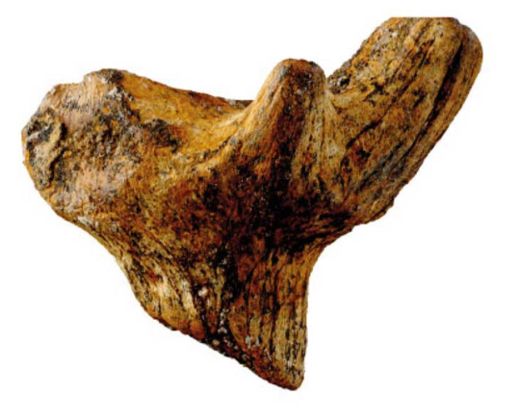OF THE
TIMES
A nation that continues year after year to spend more money on military defense than on programs of social uplift is approaching spiritual doom.
How George Washington lost his cherry...
When thousands of Christian's were murdered in Syria by US and nato proxies, the Australian gov't, along with every other nato poodle, never said...
"why are they afraid of this particular video circulating?" Can't have the truth out there, now can we? Migrants are to be excused for all bad...
Elon should just ignore the Australian PM because he is a NWO cutout. They have a habit of over stepping their remit and over stating their...
Not one Canadian media outlet is reporting this. This is the same type of media blackout applied to the carbon tax protests happening across the...
To submit an article for publication, see our Submission Guidelines
Reader comments do not necessarily reflect the views of the volunteers, editors, and directors of SOTT.net or the Quantum Future Group.
Some icons on this site were created by: Afterglow, Aha-Soft, AntialiasFactory, artdesigner.lv, Artura, DailyOverview, Everaldo, GraphicsFuel, IconFactory, Iconka, IconShock, Icons-Land, i-love-icons, KDE-look.org, Klukeart, mugenb16, Map Icons Collection, PetshopBoxStudio, VisualPharm, wbeiruti, WebIconset
Powered by PikaJS 🐁 and In·Site
Original content © 2002-2024 by Sott.net/Signs of the Times. See: FAIR USE NOTICE

If you look at the flow of sediment in the river this is completely absurd.
I don't know anything about the Rhine, but the Nile would fill the entire Mediterranean basin in about 250,000 years.